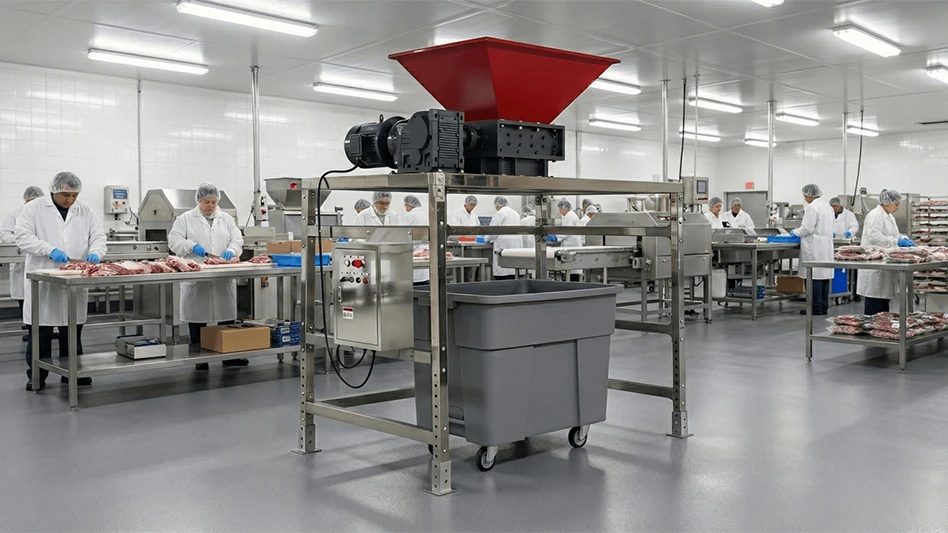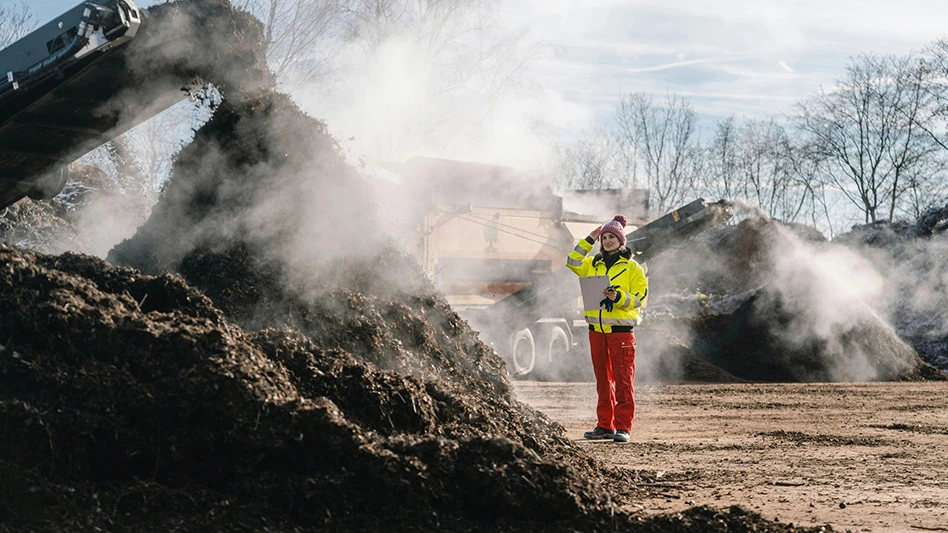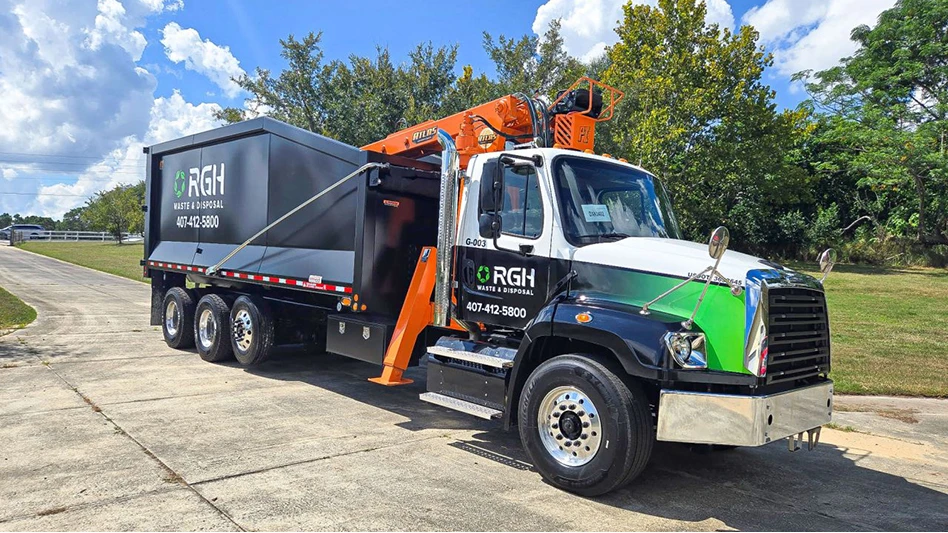
It’s a new year, and with it comes major new developments in renewable energy from waste in North America. Palm Beach County, Florida, and Durham/York, Ontario — the first greenfield mass-burn waste-to-energy (WTE) facilities in almost 20 years — and Enerkem, one of the most anticipated gasification developments, will begin full operation. Some important key project drivers gave these three projects a leg up.
Saleable products with strong markets. Each of these facilities were able to secure markets for their products at affordable rates that support service fees. The Solid Waste Authority of Palm Beach County secured a 19-year power contract with Florida Power and Light (FPL) at a rate of 6.68 cents per kilowatt-hour (kWh). Fifty percent of FPL electricity payments will be made on a fixed annual basis, and the turbines at the facility are financed by FPL. Durham/York negotiated with Ontario Power Authority to purchase electricity at 8 cents per kWh. Enerkem generates biofuels, which attracted private investment and research funding. The precursors to ethanol (including methanol and other chemicals) are saleable, high-value commodities, so Enerkem is poised to sell methanol until the final ethanol conversion module is complete. Each facility was able to find off-take partners before construction of the facility began.
Key Project Drivers
|
Community goals that incentivize diversion and recycling. The aforementioned facilities will help their communities achieve diversion and recycling goals, all of which had pre-existing goals to meet state or local mandate. Enerkem is projected to help the city of Edmonton increase diversion of waste from landfill from 60 percent to 90 percent once the project is operating commercially. Palm Beach County was able to benefit from Florida’s statewide goal to divert and recycle 75 percent by 2020, which allows renewable energy from solid waste to count towards the 75 percent goal. Durham/York will divert waste from landfill.
Ability to gain public trust. Before Palm Beach and Durham/York began, these communities worked to evaluate which disposal strategy they wanted to control, and continually kept the public and all political entities involved aware of development. In Palm Beach County, the authority had a successful approach for gaining public trust and buy-in, starting effective communication, education and outreach programs early, as the authority was first deciding what type of technology they wanted to procure for this new facility. Through the development of the facility, the authority connected with residents through mailings and public meetings and used the successful record of the existing WTE facility in the community to ease concerns.
Enerkem found success by developing its facility as part of an integrated industrial “ecopark” that incorporates technology, applied research, education and training in waste management fields. This ecopark attracted grant funding to the project, and these added benefits to the community were communicated clearly to the public and to research groups who would gain opportunities once this facility finished construction.
There are a couple of other projects of note: IneosBio in Florida and Air Products/AlterNRG in Tees Valley, England, are also anticipated to generate energy and fuels from municipal waste with their gasification technologies. The presence of key project drivers helped them overcome challenges and placed them in a positive public and political eye to be supported, approved and implemented.
Harvey Gershman is president of Gershman, Brickner & Bratton Inc., solid waste management consultants, hgershman@gbbinc.com. Research assistance was provided by Elizabeth Rice, senior consultant.
Latest from Waste Today
- New York finalizes greenhouse gas emissions reporting regulations
- EPA selects 2 governments in Pennsylvania to receive recycling, waste grants
- NWRA Florida Chapter announces 2025 Legislative Champion Awards
- Yolo County reports fatality at Central Landfill
- New Way expands Canadian presence with Joe Johnson Equipment partnership
- Buffalo Biodiesel shares updates on facility modernization, NYSDEC compliance
- CETY launches HTAP platform for anaerobic digestion facilities
- Terex Ecotec announces Blue Machinery as distributor





